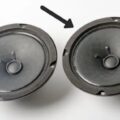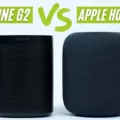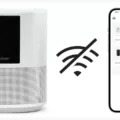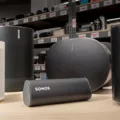In-ceiling speakers are a great way to enhance the sound quality of your home. They can provide a seamless and immersive audio experience without taking up any floor space. However, before you can enjoy your new in-ceiling speakers, you need to make sure they are properly connected.
First, it is important to note that all ceiling speakers need to be powered by an external amplifier. This amplifier is connected to each ceiling speaker using a speaker cable. There are two main options for amplifiers: the Sonos Amp and an AV receiver.
The Sonos Amp is a highly recommended option for a multi-room speaker system. It provides high-quality sound and can power up to four ceiling speakers. It can also be easily integrated with other Sonos products to create a complete home audio ecosystem.
The second option is to use an AV receiver that can power multiple zones. This option is more compact and simple, but it may not provide the same level of sound quality as the Sonos Amp. If you choose an AV receiver, make sure it has Bluetooth and WiFi built-in to streamline your home music ecosystem.
Once you have your amplifier, you need to connect the in-ceiling speakers to it. Most in-ceiling speakers are passive, meaning they do not need to be plugged into a power source. They only need to be connected to a receiver or amplifier, which will act as both a sound and power source.
To connect your in-ceiling speakers to your amplifier, you will need a speaker cable. This cable should be high-quality and thick enough to carry the sound signal without any interference. Make sure to measure the distance between the amplifier and each speaker to ensure you have enough cable.
After you have connected the speakers to the amplifier, you need to connect the amplifier to your audio source. Every TV will have a wired audio output of some kind. Most commonly, it will be a digital optical output. You can wire an analog cable from your TV to the amplifier and plug it in. Set your TV to line output, and you will enjoy TV sound through your ceiling speaker system.
In-ceiling speakers are a great way to enhance the sound quality of your home. To properly connect your in-ceiling speakers, you need an external amplifier, speaker cable, and an audio source. The Sonos Amp and AV receivers are both great options for amplifiers, but make sure to choose one that fits your needs. With the right setup, you can enjoy high-quality sound throughout your home.
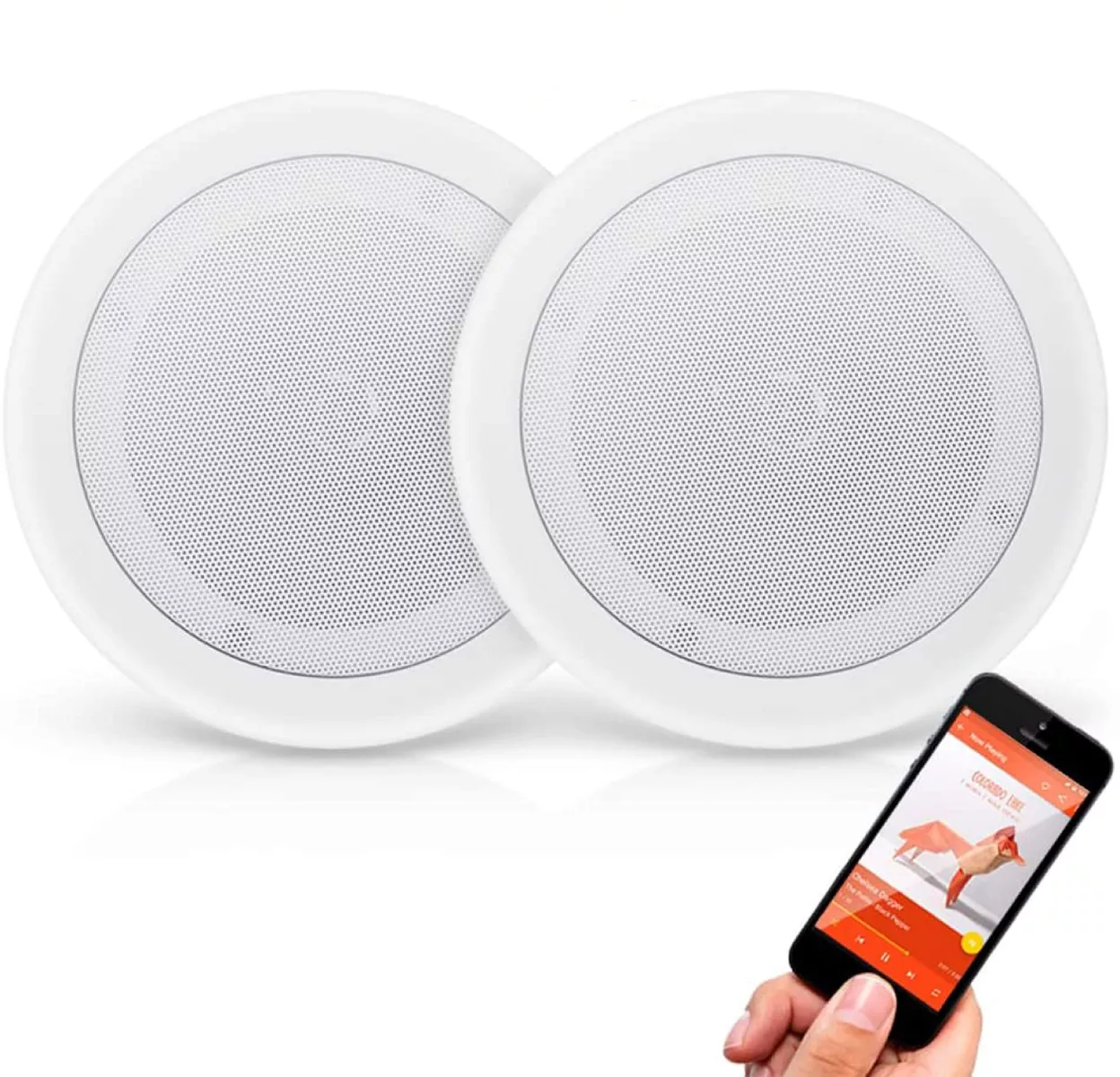
Connecting to Ceiling Speakers
Ceiling speakers require an external amplifier to power them. The amplifier connects to the ceiling speakers via a speaker cable. The amplifier is responsible for providing the necessary power to drive the speakers, which in turn produce sound. In order to achieve the best multi-room audio solution, we recommend using the Sonos Amp as the external amplifier. The Sonos Amp is designed to provide high-quality audio output and can easily connect to multiple ceiling speakers.
Playing Music Through Ceiling Speakers
To play music through speakers in your ceiling, you will need to follow a few steps:
1. Determine if your home is pre-wired for ceiling speakers: Check if your house has speaker wires running through the ceiling. If yes, you can skip the next step. If not, you will need to install speaker wires in the ceiling.
2. Install speaker wires in the ceiling: If your house is not pre-wired, you can run speaker wires through the ceiling yourself or hire a professional to do it for you. This involves cutting holes in the ceiling and running wires through them.
3. Choose a source for your music: You can choose from a variety of sources for your music, such as a smartphone, tablet, laptop, or standalone music player. You will need to connect this source to an amplifier or AV receiver.
4. Connect your source to an amplifier or AV receiver: Connect your music source to an amplifier or AV receiver using a 3.5mm audio cable, RCA cables, or Bluetooth. Make sure the amplifier or AV receiver has enough power to drive your ceiling speakers.
5. Connect your amplifier or AV receiver to your ceiling speakers: Connect your amplifier or AV receiver to your ceiling speakers using speaker wires. Make sure the polarity of the wires is correct to avoid damaging your speakers.
6. Test your system: Once everything is connected, test your system by playing some music. Adjust the volume and EQ settings as needed to achieve your desired sound.
Playing music through speakers in your ceiling requires some planning and installation, but once set up, it can provide a great listening experience in your home.
Do I Need a Receiver for Ceiling Speakers?
You need a receiver or an amplifier to power and connect your in-ceiling speakers. In-ceiling speakers are passive speakers which do not have built-in amplifiers or power sources. Therefore, they require an external power source to function properly. A receiver or an amplifier will act as both a power source and a sound source for your in-ceiling speakers. You can connect your in-ceiling speakers to the receiver or amplifier using speaker wires. It is important to ensure that the receiver or amplifier has enough power output to drive your in-ceiling speakers to provide high-quality sound performance.
Connecting Built-in Ceiling Speakers to a TV
Built-in ceiling speakers can be connected to your TV in a few different ways. One of the most common ways is to use a connection cable. Most TVs will have a wired audio output of some kind, with the digital optical output being the most common nowadays. To connect your TV to the amplifier, you can wire an analog cable from your TV to the amplifier and plug it in. Once connected, set your TV to line output, and you’ll be able to enjoy TV sound through your ceiling speaker system.
Alternatively, you can use a wireless connection such as Bluetooth or Wi-Fi to connect your TV to your built-in ceiling speakers. This method is more convenient as it eliminates the need for cables, and it allows you to control your speakers remotely using your smartphone or tablet. However, it’s worth noting that wireless connections can be affected by interference and may not always provide the best sound quality.
Built-in ceiling speakers can be connected to your TV using a wired connection such as an analog cable or a wireless connection such as Bluetooth or Wi-Fi. The method you choose will depend on your personal preferences and the equipment you have available.
Conclusion
Ceiling speakers are a great addition to any home audio system. They provide a discrete and stylish way to enjoy music and audio in any room of the house. However, it’s important to choose the right type of speakers for your needs and ensure they are powered by a high-quality amplifier. If you opt for passive in-ceiling speakers, make sure to connect them to a receiver or amp that can provide both sound and power. it’s essential to choose the right connection cable to ensure seamless integration with your TV or other audio sources. By following these tips, you can create a truly immersive audio experience in your home with ceiling speakers.


